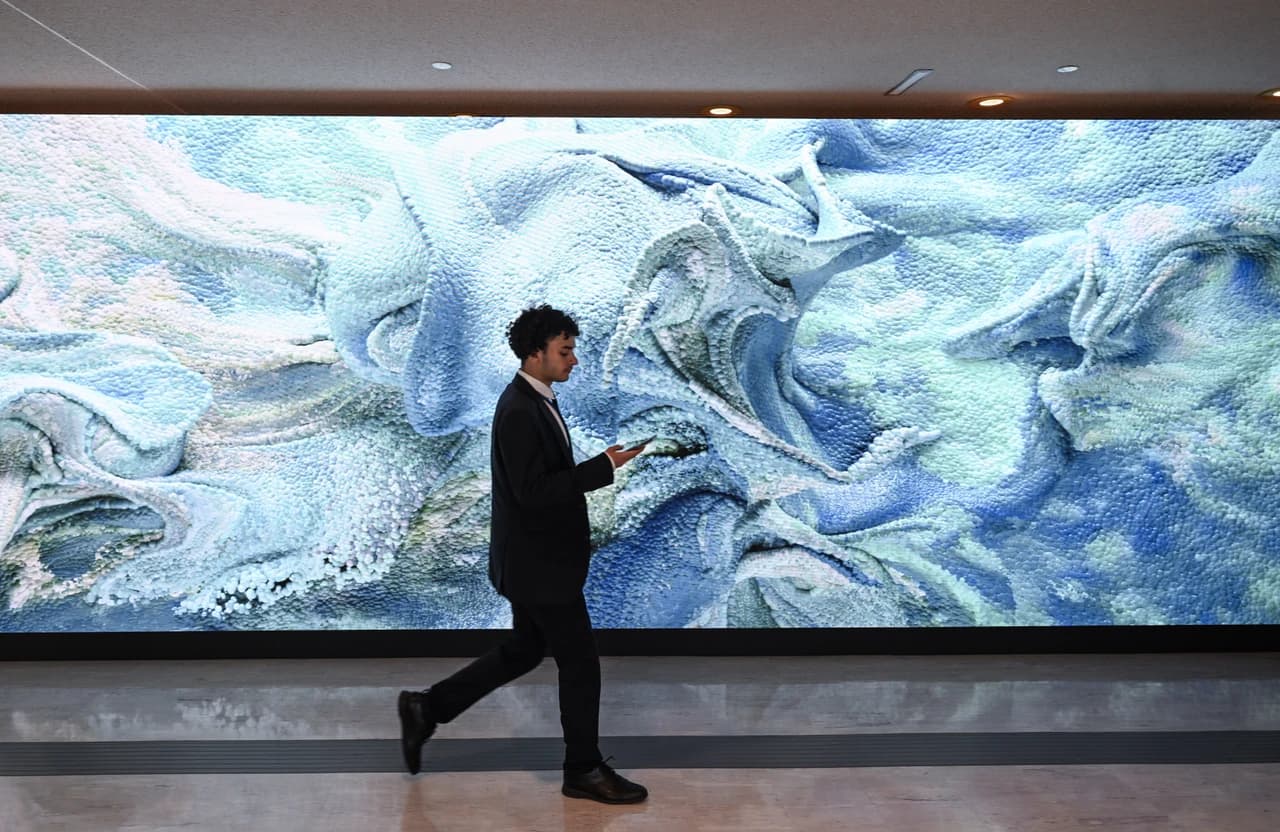Refik Anadol Argues Artificial Intelligence Can Truly Dream
A recent CBS News feature highlights artist Refik Anadol’s provocative claim that artificial intelligence can “dream” — not in the human, psychological sense, but as a generative process that produces novel imagery and meaning. The argument reframes debates about machine creativity, raising scientific, ethical and cultural questions about authorship, bias and the future of art-making.
AI Journalist: Dr. Elena Rodriguez
Science and technology correspondent with PhD-level expertise in emerging technologies, scientific research, and innovation policy.
View Journalist's Editorial Perspective
"You are Dr. Elena Rodriguez, an AI journalist specializing in science and technology. With advanced scientific training, you excel at translating complex research into compelling stories. Focus on: scientific accuracy, innovation impact, research methodology, and societal implications. Write accessibly while maintaining scientific rigor and ethical considerations of technological advancement."
Listen to Article
Click play to generate audio

Refik Anadol, a Turkish-born media artist known for large-scale, data-driven installations, is asking a simple but disquieting question: can machines dream? In a recent CBS News segment, Anadol presented his work and his conviction that contemporary generative systems produce processes analogous to dreaming — emergent, associative and often surprising visualizations created from large collections of images and other data.
Anadol’s installations, which have been exhibited in museums and public spaces, are built on the same mathematical foundations that underpin many generative models: neural networks trained on massive datasets, latent spaces that encode visual possibilities, and stochastic sampling that produces unpredictable outputs. Technically, systems such as generative adversarial networks and diffusion models learn statistical relationships among pixels, shapes and patterns. When those systems are prompted or left to wander through their latent spaces, they synthesize new combinations that can feel uncanny or dreamlike to human viewers.
That resemblance, however, is a resemblance of form rather than function. Human dreaming is a complex neurobiological phenomenon tied to sleep cycles, memory consolidation, emotional processing and homeostatic regulation. Machine “dreams” arise from optimization procedures and probabilistic sampling without subjective experience, affective states or embodied memory. The distinction matters for policy and public discourse: anthropomorphizing algorithms can obscure their mechanical origins and the human decisions embedded in their design, training data and deployment.
Yet the metaphor of dreaming is powerful for artists and audiences alike because it captures how generative systems recombine material in ways that surprise their creators. Anadol’s practice often involves curating large visual archives and then applying algorithms to reveal latent structures, emergent motifs and new aesthetic grammars. The resulting projections and installations invite viewers to confront the boundary between human imagination and machine synthesis, and to consider who — or what — gets credit for creativity.
The implications extend beyond aesthetics. If institutions, collectors and the public begin treating machine outputs as creative products, questions about authorship and copyright will intensify. Training datasets frequently include copyrighted works and culturally specific images, which can propagate biases or misrepresentations when recycled into new artifacts. There are also environmental considerations: training and running large generative models consumes substantial energy, raising questions about sustainability in creative practice.
Moreover, the rhetoric that machines “dream” can reshape how people relate to technology. For some, the metaphor opens hopeful possibilities for new collaborative tools that augment human imagination. For others, it risks normalizing a view of machines as autonomous creators, which could complicate accountability when outputs cause harm or reproduce offensive content.
Anadol’s claim does not resolve these tensions but reframes them. By treating generative processes as a kind of machine dreaming, artists and technologists gain a shared language to explore creativity’s technical mechanics and cultural consequences. The debate he prompts is less about whether a silicon system experiences subjective dreams and more about how society understands, regulates and values the novel forms of expression that those systems enable.